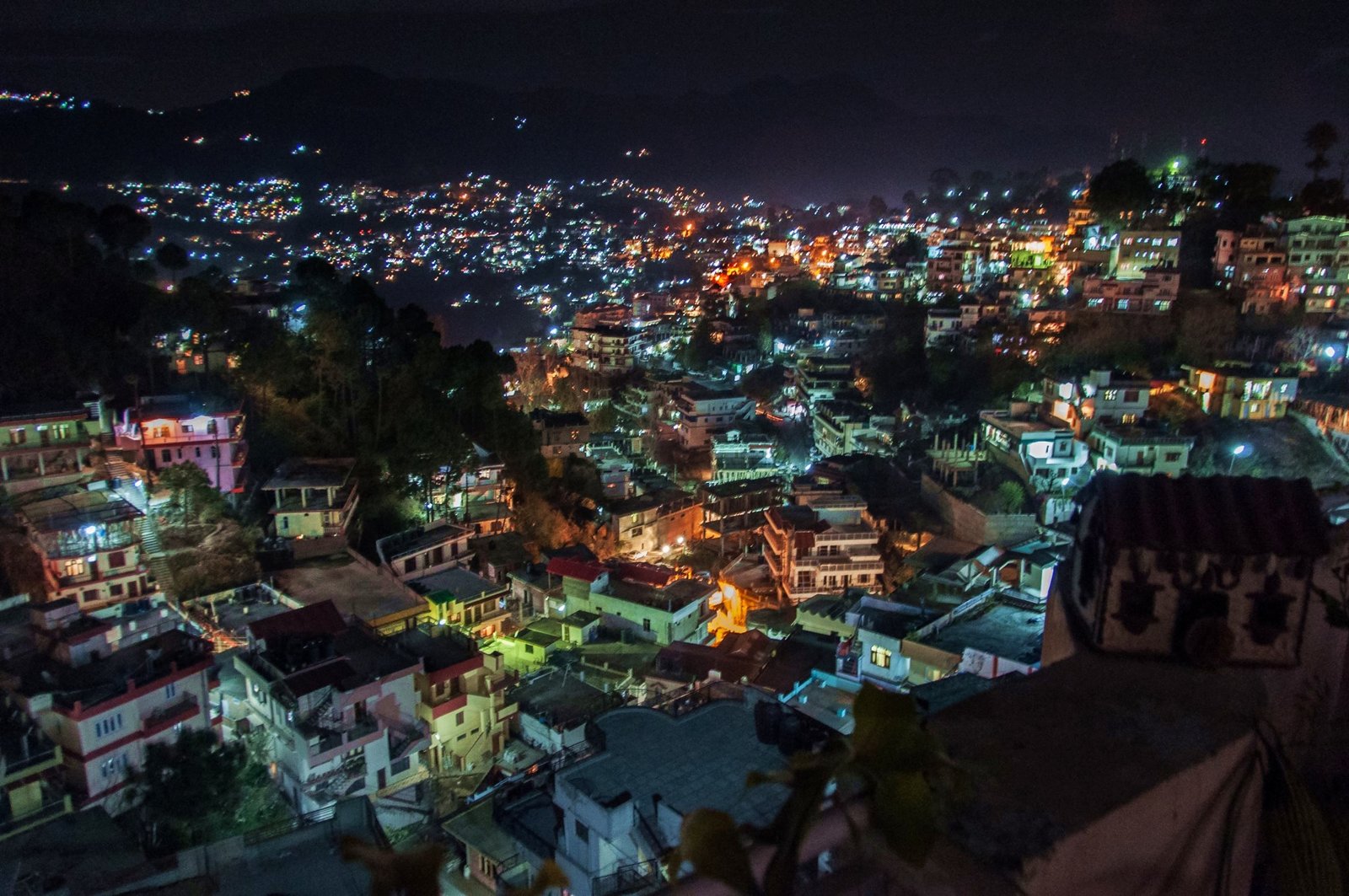Introduction
India and Tibet have deep and complex histories stretching back centuries, and trade, religion, and culture form the basis of their relationship. Today, India remains an important mainstay for the Tibetan people and their struggle for autonomy. This relationship, known as India’s Tibetan connection, has political, historical, and cultural dimensions that are essential to understanding.
India’s support for the Tibetan people began after the Chinese annexation of Tibet in 1950, which led to the exile of the Dalai Lama and thousands of Tibetans to India. The Indian government has taken in these refugees and allowed them to settle in different parts of the country, resulting in India becoming home to the largest Tibetan refugee community in the world.
For years, India has sharply criticized China’s human rights abuses in Tibet and supported the Tibetan government-in-exile and the Dalai Lama. Relations between India and Tibet are not only political but also cultural and historical. The two regions are linked through trade, religion, and culture, and their ties have endured for centuries.
Historical Ties: From Trade to Religion
Historical ties between India and Tibet date back to ancient times, when the two regions were linked by trade routes across the Himalayas. These roads played an important role in the exchange of goods, ideas, and culture between the two regions.
Trade routes facilitated the flow of Indian textiles, spices, and other goods into Tibet in exchange for gold, silver, and precious stones. The most important event in the history of Indo-Tibetan relations was the emergence of Buddhism in Tibet.
Buddhism originated in India and was brought to Tibet by Indian Buddhist monks travelling through the Himalayas. Over time, Buddhism became the dominant religion in Tibet, and Indian monks played a key role in the development of Tibetan Buddhism.
Cultural ties: Shared Heritage and Traditions
India and Tibet share a rich cultural heritage deeply rooted in Buddhism. Tibetan Buddhism is heavily influenced by Indian Buddhism, and many of its religious practices and rituals are similar to those of India. The two regions also share a love of art, music, and dance, which has further strengthened their cultural ties.
One of the preeminent cultural exchanges between India and Tibet is the annual Kalachakra ceremony. This ceremony, which is considered one of the most important events in Tibetan Buddhism, was first introduced to India by the great Indian master Naropa. Today, it is held annually in different parts of the world and attracts thousands of believers from India and Tibet.
Political Ties: India’s Support for Tibet
India has been a strong supporter of Tibet and the Tibetan cause for many years. After the Chinese annexation of Tibet in 1950, many Tibetans fled to India. The Indian government has taken in these refugees and allowed them to settle in different parts of the country.
Today, India is home to the largest Tibetan refugee community in the world. India has also strongly criticized China’s human rights violations in Tibet. The Indian government supports the Dalai Lama, the spiritual leader of the Tibetan people, and has provided him with a platform to voice his concerns on the world stage. India has also supported the Tibetan government-in-exile and allowed it to operate from its soil. India’s support for Tibet has been a key factor in preserving and ensuring the survival of Tibetan culture and traditions.
The Indian government has established several institutions to promote Tibetan culture and education, including the Central Institute of Advanced Tibetan Studies in Varanasi, the Institute of Buddhist Dialectics in Dharamsala, and the Tibetan Institute of Medicine and Astrology in Dharamsala.
Future Prospects: India and Tibet
India’s Tibetan connection is a testament to the enduring ties between the two regions. As India and Tibet continue to develop, it is important that their relationship remains strong and continues to grow. India’s support for Tibet and Tibetans is, and should remain, unwavering.
The strategic importance of Tibet to India cannot be overstated. Tibet serves as a buffer zone between India and China and has been an important trading partner for India for centuries. In recent years, India has increased its economic involvement in Tibet, particularly in the areas of infrastructure development, tourism, and trade. These efforts could further strengthen ties between the two regions and bring economic benefits to both sides.
However, India’s relationship with China remains a complex issue that cannot be ignored. The Chinese government views India’s support of Tibet as a threat to its territorial integrity and has been known to use its economic and political clout to pressure other countries to sever ties with the Tibetan government-in-exile. Therefore, India must carefully balance its support for Tibet with diplomatic relations with China.
Conclusion
India’s Tibetan connection is a testament to the enduring ties between the two regions, linked through centuries of trade, religion and culture. The historical, cultural and political ties between India and Tibet have created a unique bond that has endured for centuries.
Today, India remains one of the main supporters of the Tibetan people and their struggle for autonomy. While India’s relationship with China remains a complex issue, the strategic importance of Tibet to India cannot be overstated.
It is there for avital that India continues to support Tibet and the Tibetans while maintaining diplomatic relations with China. With careful management, India Tibetan Link can continue to thrive and benefit both parties for years to come.
India–Tibet relations – Wikipedia
Edit Post “India’s 4 Himalayan Capitals: Saturated and Burnt” ‹ Trybe News — WordPress

